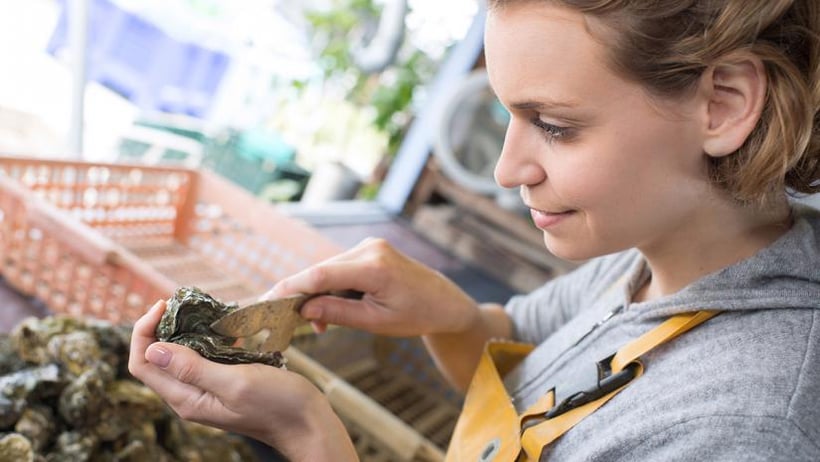
Several people fell ill with food poisoning in British Columbia after an unprecedented heat wave last month. Satellites recorded temperatures of 20°C a full 10 metres below the ocean’s surface — as a result, marine life died and people got sick from either swimming recreationally or harvesting their own shellfish during the heat wave.
Vibrio, a naturally occurring bacterium that spreads when ocean water temperatures rise, was at the root of 10 confirmed food poisoning cases.
Heat allows microorganisms to multiply rapidly, which may explain why so many cases were recorded this year.
What is Vibrio illness?
Vibrios are toxin-producing bacteria found naturally in fish and shellfish, as well as in bodies of water. There are many types of Vibrios that have the potential to make people sick, including V. parahaemolyticus, V. vulnificus, V. alginolyticus and V. cholerae. People become ill when they consume food or water that has been contaminated, or by eating raw or undercooked shellfish.
Symptoms, which range from mild to severe, are typically headache, fever, diarrhea, stomach cramps, nausea and vomiting. Treatment is rarely needed for the illness, which can last up to three days.
Why does Vibrio affect shellfish?
Shellfish is a high-risk or potentially hazardous food, which means it has the ideal conditions for bacteria growth, making it more likely to contain harmful bacteria. High-risk foods are neutral in acidity, high in starch or protein and high in moisture — shellfish have all three of these qualities. Bacteria such as Vibrio thrive in temperatures between 4°C and 60°C, and during the heat wave, ocean temperatures fell into this dangerous range.
Prevent Vibrio outbreak in your business
This bacteria is less of a concern for commercial harvesters as they must adhere to strict temperature guidelines. That’s why, as a food business, you need to ensure you only purchase seafood from a reputable supplier that is required to follow health rules.
Shellfish should be received live at a temperature of 4°C/40°F (5°C/41°F in Manitoba) or below. For mollusks such as mussels or clams, check to ensure shells are unopened and unbroken. Open shells are a sign that the mollusk is dead. For lobsters, the tail should curl when you pick it up. In general, any shellfish with a strong, “fishy” odour should be rejected. For more information, download our fact sheet with Tips for Safe Preparation of Shellfish.




